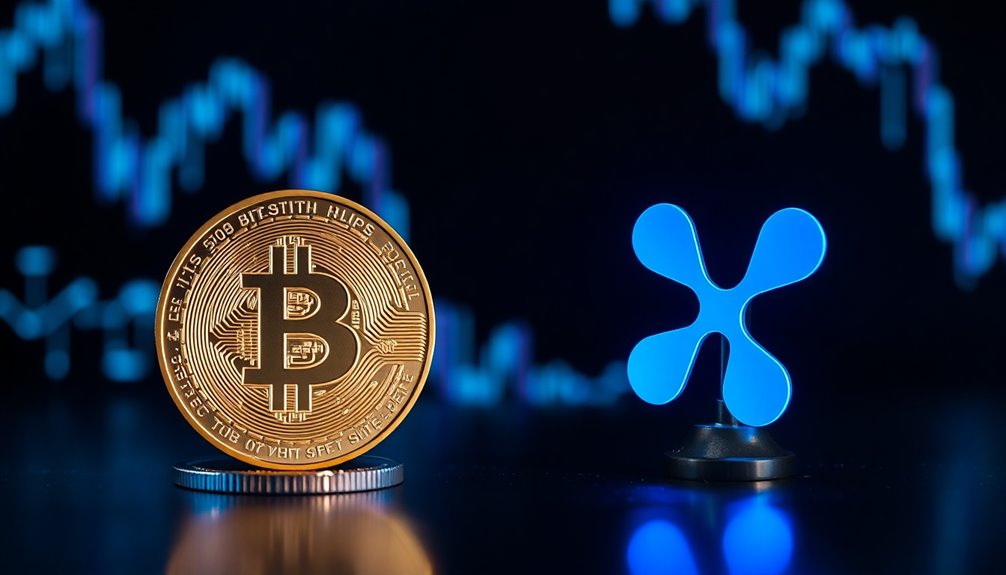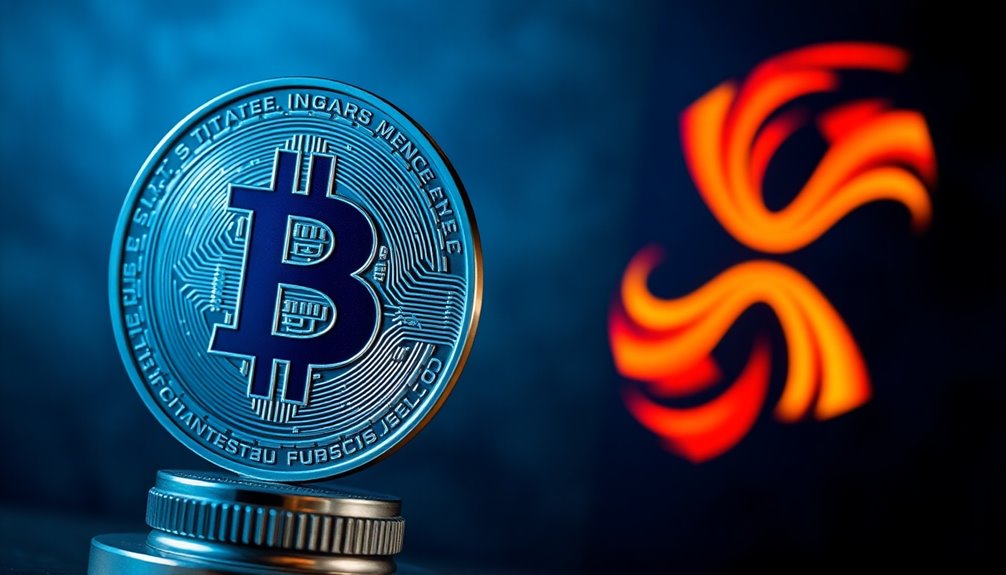As someone interested in cryptocurrencies, you might have noticed Bitcoin’s long-standing dominance is now being challenged by XRP. With faster transaction times, lower fees, and recent legal clarity, XRP is positioning itself as a strong competitor. Its technological edge and potential for rapid growth could reshape the landscape of digital assets. But how will Bitcoin respond to this new challenge, and what does it mean for investors? The answers could significantly impact your view of the market.

Bitcoin and XRP are two of the most prominent cryptocurrencies, each with distinct characteristics that appeal to different investors. You know Bitcoin as the pioneer, often called “digital gold,” thanks to its fixed supply of 21 million coins that make it a strong hedge against inflation. Its decentralized network, secured by miners worldwide, has never been hacked, giving you confidence in its security and resilience. Because of this, Bitcoin remains the preferred store of value for many, especially institutional investors who back its long-term stability with ETFs and strategic reserves. Additionally, Bitcoin’s financial impact extends beyond individual investors, contributing significantly to the global economy.
XRP, on the other hand, offers a different appeal. Its price projections are ambitious, with some analysts predicting it could reach anywhere from $100 to $1,000 within a decade. Changelly’s experts even see XRP hitting around $1,020 by 2040. To reach $1,000 from current levels, XRP would need to surge roughly 33,683%, a huge leap compared to Bitcoin’s requirement of a 768% increase to hit $1 million.
While XRP’s market cap at $1,000 would be more than double gold’s valuation, it also carries more risk due to its lower market capitalization and the centralization of its network. XRP relies on validators chosen by Ripple Labs, making it more centralized than Bitcoin’s decentralized system. This reliance creates questions about security and trust, but it also enables XRP to process transactions in just 3 to 5 seconds at minimal costs—less than a cent per transaction. Its rapid transaction speed is a key advantage in the evolving financial landscape.
That speed and low cost make XRP especially attractive for international payments and remittances. You’ll notice that XRP’s utility addresses a key limitation faced by Bitcoin: scalability. While Bitcoin transactions can take several minutes and incur higher fees, XRP’s rapid processing and low costs position it as a practical solution for cross-border transactions.
This practical edge has garnered interest from banks and institutional players seeking more efficient liquidity solutions. The recent legal wins for XRP, including favorable settlement outcomes, have boosted its short-term prospects by clarifying its regulatory standing. Meanwhile, Bitcoin benefits from stronger institutional support, including ETFs and reserves, reinforcing its reputation as a safe long-term asset.
The community dynamics further distinguish these cryptocurrencies. Bitcoin enthusiasts emphasize decentralization and trustlessness, bolstering its resilience and widespread acceptance. XRP supporters, however, are energized by its potential for rapid growth, especially amid positive legal and regulatory developments.
As the landscape evolves, you’ll see XRP challenging Bitcoin’s dominance—not just through its technological advantages but also by attracting investors eager for high short-term gains. While Bitcoin remains the dominant choice for long-term value, XRP’s speed, utility, and recent positive momentum make it a compelling challenger in the crypto space.










